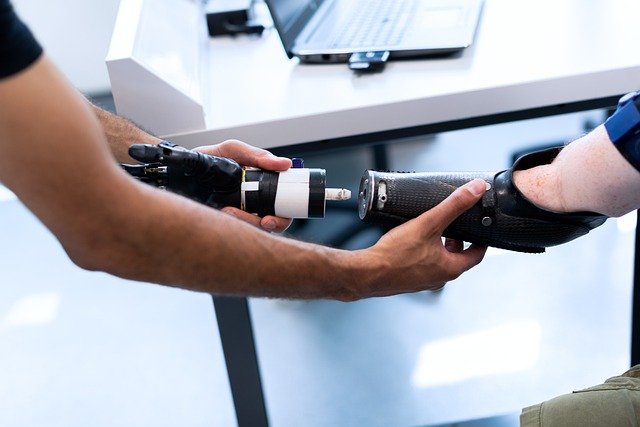For decades, science fiction has imagined a world where humans could replace lost limbs with advanced, cybernetic alternatives that work just as well—if not better—than biological ones. Today, that vision is becoming reality. Bionic limbs are no longer just mechanical replacements; they are evolving into fully integrated, highly functional extensions of the human body.
Between 2025 and 2030, advancements in AI, brain-machine interfaces, haptic feedback, and self-learning prosthetics will push us closer than ever to true cybernetic limbs. These bionic limbs will move with precision, feel sensations, and even respond to thought in real-time. The question is: are we on the brink of fully functional cybernetics, or is there still more work to be done?
At Robobionics, we are at the forefront of this transformation, ensuring that the latest innovations in bionic limb technology improve the lives of amputees around the world. In this article, we explore the state of bionics today, what’s coming next, and how close we are to the cybernetic future once only seen in movies.
1. The Evolution of Bionic Limbs: From Mechanical to Intelligent
Bionic limbs have come a long way from basic mechanical hooks and artificial limbs that were stiff and difficult to control. Today’s prosthetic technology is merging biology with robotics, creating limbs that respond more naturally to human movement.
The earliest modern prosthetics relied on body-powered harnesses, requiring users to manually pull cables to open and close a hand or bend an elbow. Later, myoelectric prosthetics introduced muscle-signal control, where sensors placed on the skin detected electrical signals to trigger movements. However, these systems often lacked speed, precision, and natural responsiveness.
By 2025-2030, bionic limbs will go beyond myoelectrics. New advancements in brain-machine interfaces (BMIs), real-time AI learning, and neural integration will allow artificial limbs to function just like biological ones. These changes will mark a true shift toward cybernetic integration, where prosthetic limbs are no longer external devices but seamlessly connected to the nervous system.
2. Brain-Machine Interfaces: Controlling Bionic Limbs with Thought
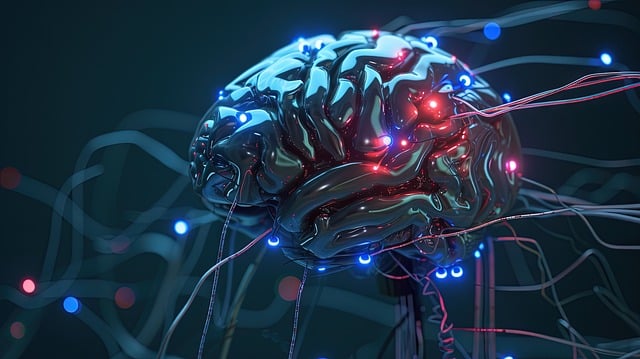
The biggest breakthrough in bionic limbs is direct brain control. Instead of relying on muscle signals or external buttons, brain-machine interfaces (BMIs) allow users to move their artificial limbs just by thinking.
BMIs work by detecting neural signals from the brain or residual nerves and translating them into real-time movement commands. Tiny electrodes implanted in the brain or worn on the scalp pick up these signals, and AI-powered processors decode the user’s intent, sending instructions to the bionic limb instantly.
By 2030, BMI-controlled bionic limbs will be significantly faster, more accurate, and easier to use. They will allow users to move fingers individually, adjust grip pressure automatically, and even perform complex tasks like typing or playing musical instruments. With continuous improvements, these cybernetic limbs will feel as natural as using a biological arm.
3. Haptic Feedback: Restoring the Sense of Touch
One of the biggest limitations of early bionic limbs was the lack of sensation. While they restored movement, they couldn’t provide the sense of touch, temperature, or pressure—crucial for tasks like holding fragile objects or knowing how hard to grip something.
Modern bionic limbs are solving this with haptic feedback technology, which uses pressure sensors, electrical stimulation, and AI-driven sensory mapping to send touch sensations directly to the nervous system. When a user picks up an object, their prosthetic hand detects the weight, texture, and firmness, sending signals that mimic the way real nerves work.
By 2030, bionic limbs will provide a full range of sensory feedback, allowing users to feel objects as if they were using their biological limbs. This development will enhance dexterity, reduce accidental drops, and make prosthetic limbs truly feel like part of the body.
4. AI-Powered Learning: Making Bionic Limbs Smarter Over Time
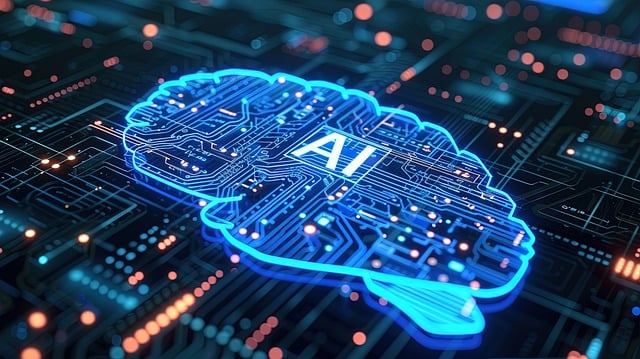
Artificial intelligence is revolutionizing bionic limb technology by allowing prosthetics to learn from the user’s behavior. AI-driven prosthetic limbs can analyze movement patterns, predict user intent, and adapt in real-time to make actions more fluid and effortless.
For example, an AI-powered bionic leg can adjust its stride based on walking speed, incline, or terrain, ensuring stability and reducing strain on the body. A robotic hand with AI learning can remember how the user grips different objects, automatically fine-tuning grip strength for delicate or heavy items.
By 2030, bionic limbs will use AI to make movement more intuitive and natural, meaning users won’t need to think about how to adjust their artificial limbs—the prosthetic will do it automatically. This kind of adaptability will bring us even closer to fully functional cybernetics.
5. Self-Healing and Smart Materials in Bionic Limbs
Current prosthetics require frequent maintenance and repairs, but new advancements in self-healing materials and smart polymers are changing that. Scientists are developing biodegradable, flexible materials that can repair minor damages on their own, reducing the need for constant adjustments.
These materials use microcapsules filled with self-repairing agents that activate when a crack or tear is detected. Some advanced materials can also adjust their stiffness and flexibility based on user activity, providing greater comfort and durability.
By 2030, self-healing prosthetic limbs will reduce long-term costs and maintenance issues, ensuring that bionic limbs remain functional and reliable for years without expensive replacements.
6. 3D Printing: Making Bionic Limbs More Accessible
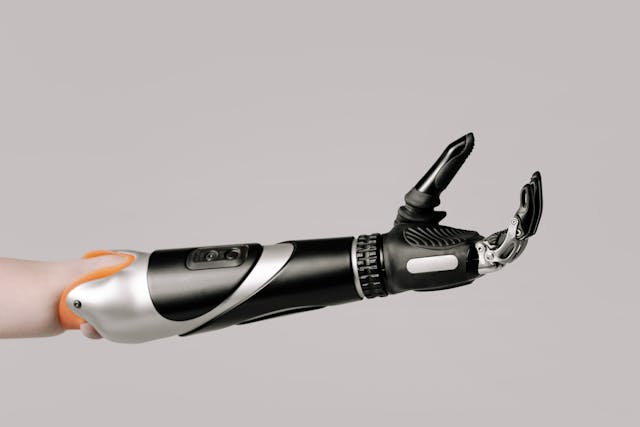
One of the biggest challenges in bionic technology has been cost and accessibility. Traditional prosthetic limbs are expensive, often costing thousands of dollars, making them unavailable to many people—especially in developing countries.
3D printing is changing the landscape by enabling low-cost, customized bionic limbs that can be produced quickly and affordably. With 3D scanning technology, prosthetic limbs can be tailored to a user’s exact measurements, ensuring a perfect fit while drastically reducing production costs.
By 2030, fully functional, low-cost 3D-printed bionic limbs will be widely available, allowing more people to access advanced prosthetic technology without financial burden.
7. Are We on the Verge of True Cybernetics?
With all these advancements in AI, neural integration, sensory feedback, and smart materials, the question remains: are we truly reaching the era of cybernetic limbs?
By 2030, we will be closer than ever, but there will still be challenges to overcome. While modern bionic limbs are already highly functional and intelligent, achieving full, seamless integration with the human body—where prosthetic limbs feel 100% natural—will take further breakthroughs. The next steps will include:
- Perfecting brain-machine interfaces to reduce response time to milliseconds.
- Developing artificial muscles that contract and relax like real ones.
- Enhancing long-term battery life to make prosthetics last indefinitely without frequent charging.
Despite these hurdles, the progress in bionic limb technology is moving faster than ever. What once seemed impossible is now within reach, and by the early 2030s, we may finally see bionic limbs that are indistinguishable from natural ones in both function and feel.
8. The Role of Wireless Connectivity in Enhancing Bionic Limbs
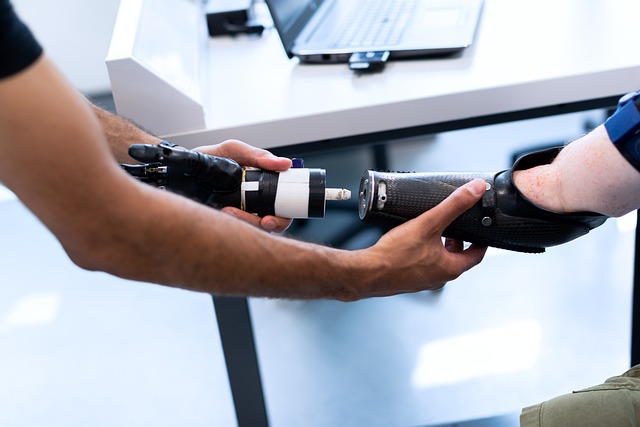
One of the most significant advancements in bionic limbs is the shift towards wireless connectivity, which eliminates the need for external wires, manual calibration, or frequent adjustments. Traditional prosthetic limbs often require users to visit clinics for tuning or recalibration, but with the rise of cloud computing and AI-driven remote updates, bionic limbs are becoming more autonomous and efficient.
Wireless technology allows bionic limbs to receive software updates, self-optimize movements, and sync with wearable devices, ensuring that they are always functioning at peak performance. With Bluetooth and Wi-Fi integration, users can adjust grip sensitivity, movement speed, and even haptic feedback intensity from their smartphones. Additionally, doctors and prosthetists can remotely monitor limb performance and fine-tune settings without requiring the user to visit a clinic.
By 2030, bionic limbs will be seamlessly connected to the cloud, allowing for real-time monitoring and improvements. This means that an individual using a robotic arm will be able to modify its response based on specific tasks, whether they are lifting heavy objects or performing delicate hand movements. Wireless connectivity will ensure that prosthetic limbs become more adaptable and personalized to the user’s daily activities.
9. The Development of Energy-Efficient Bionic Limbs
One of the biggest limitations of current bionic technology is battery life. Many advanced bionic limbs require frequent recharging, limiting their usability throughout the day. As these devices become more complex, power demands increase, making long-term battery efficiency a crucial area of innovation.
Researchers are now developing self-powered prosthetic limbs that use kinetic energy harvesting and advanced battery technology to extend operation time. Some bionic legs already incorporate energy-recycling mechanisms that convert impact from walking into stored power, reducing the need for constant recharging. Advances in solid-state batteries and ultracapacitors will allow prosthetic limbs to last days or even weeks on a single charge.
By 2030, energy-efficient bionic limbs will be able to function continuously without frequent interruptions. New charging solutions, such as wireless charging mats and solar-powered components, will further eliminate the inconvenience of downtime. Users will no longer have to worry about their prosthetic running out of power at crucial moments, making artificial limbs more practical for everyday use.
10. The Ethical Debate: Are Bionic Limbs Becoming Human Enhancements?

As bionic limbs become faster, stronger, and more efficient, the ethical debate surrounding prosthetic enhancement is gaining momentum. Early prosthetic technology was focused on restoring lost functionality, but modern advancements are beginning to exceed natural human capabilities.
Some bionic limbs now feature grip strength beyond human limits, reaction speeds faster than biological arms, and AI-powered precision that allows users to perform tasks with extreme accuracy. Athletes using advanced prosthetic legs can run with greater efficiency than those with natural limbs, leading to discussions on whether cybernetic enhancements should be regulated in sports and professional fields.
By 2030, the conversation will shift from just restoring function to deciding where the boundary between medical necessity and performance enhancement lies. The development of superhuman prosthetics could raise important legal and social questions about whether bionic technology should be available for elective use, allowing non-disabled individuals to adopt cybernetic enhancements voluntarily.
11. The Impact of Bionic Limbs in the Workforce
Bionic limbs are not just helping individuals regain mobility; they are also reshaping the workforce. People who once faced job limitations due to amputation are now returning to fields that require fine motor skills, strength, and endurance, thanks to robotic prosthetics equipped with AI-assisted movement and adaptive grip control.
Professionals in engineering, construction, and medicine are benefiting from cybernetic limbs that allow them to perform intricate tasks with enhanced precision. Factory workers using advanced prosthetic hands can operate machinery safely, while surgeons with bionic limbs can perform delicate operations with tremor-free accuracy.
By 2030, bionic limbs will integrate further into workplace environments, allowing individuals with amputations to compete equally in all job sectors. With increasing automation and AI-driven adaptability, robotic prosthetics will enable people to work more efficiently, without the limitations of traditional prosthetic designs.
12. The Role of Prosthetic Sensory Training for Bionic Limb Users
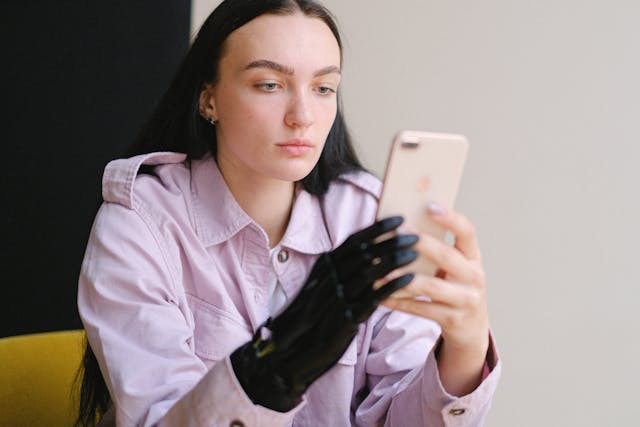
While modern bionic limbs offer unprecedented control, many users face a steep learning curve when adapting to sensory prosthetics. Unlike traditional artificial limbs, which rely purely on movement mechanics, sensory-enabled prosthetics introduce new feedback mechanisms that the brain must learn to interpret.
New prosthetic training programs now incorporate virtual reality (VR) and augmented reality (AR) simulations, allowing users to practice interacting with different textures, weights, and objects in a controlled environment. AI-powered sensory training helps amputees adjust to their new sense of touch by gradually introducing sensations, ensuring that their brain can fully integrate haptic feedback.
By 2030, bionic limb users will undergo customized sensory adaptation programs that help them fine-tune how they interact with their environment. These programs will be available through at-home smart devices, allowing users to train their artificial limbs without requiring frequent clinical visits.
13. The Future of Fully Autonomous Bionic Limbs
One of the most ambitious goals in bionic limb development is achieving fully autonomous functionality, where the prosthetic limb predicts user intent and responds without conscious thought. AI-driven bionic limbs are already improving movement precision, but future developments will allow prosthetic arms and legs to anticipate movements based on neural activity and muscle patterns before the user even thinks about them.
With real-time motion prediction, an advanced bionic leg could automatically adjust its balance when stepping onto an uneven surface, preventing falls without requiring user input. A bionic hand could automatically adjust grip strength based on the weight of an object, reducing the effort needed to control it.
By 2030, the combination of AI, neural integration, and machine learning will allow bionic limbs to function just as naturally as biological ones, eliminating the need for conscious control in everyday tasks.
14. How Bionic Limbs Are Expanding the Possibilities of Human Experience

Beyond restoring lost function, bionic limbs are offering entirely new possibilities for human interaction and experience. With advancements in brain-machine interfaces, robotic precision, and sensory feedback, individuals with cybernetic limbs will be able to perform tasks that were once impossible with biological hands and legs.
Artists using bionic hands with enhanced dexterity will be able to paint with greater precision, while musicians with AI-powered robotic fingers could play instruments with perfect speed and control. Athletes equipped with bionic legs designed for extreme movement may push the limits of human endurance, redefining competitive sports.
By 2030, cybernetic limbs will not just restore lost abilities; they will open new frontiers of human potential. The boundaries between biological and artificial capabilities will blur, leading to new ways of thinking about mobility, skill, and human achievement.
Final Thoughts: The Cybernetic Future is Closer Than We Think
Bionic limbs are no longer a distant vision of the future. With AI-driven movement, brain-controlled interfaces, haptic feedback, and energy-efficient designs, we are rapidly approaching a world where artificial limbs function just like natural ones—perhaps even better.
By 2030, bionic limbs will be fully integrated with the nervous system, wirelessly connected to smart devices, and capable of autonomous adaptation. This will allow users to experience effortless control, real-time sensory feedback, and seamless mobility, making cybernetic technology an everyday reality rather than a futuristic dream.
At Robobionics, we are leading the charge toward the next generation of bionic prosthetics, ensuring that the latest advancements in cybernetic limb technology are available to those who need them most. If you’re ready to explore the future of intelligent, fully functional bionic limbs, book a free demo with Robobionics today and step into a world where mobility has no limits



